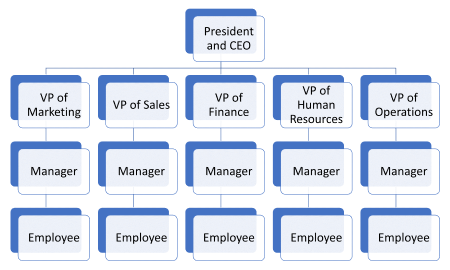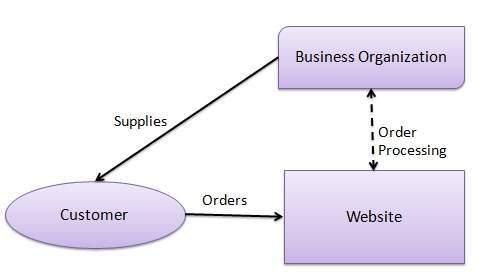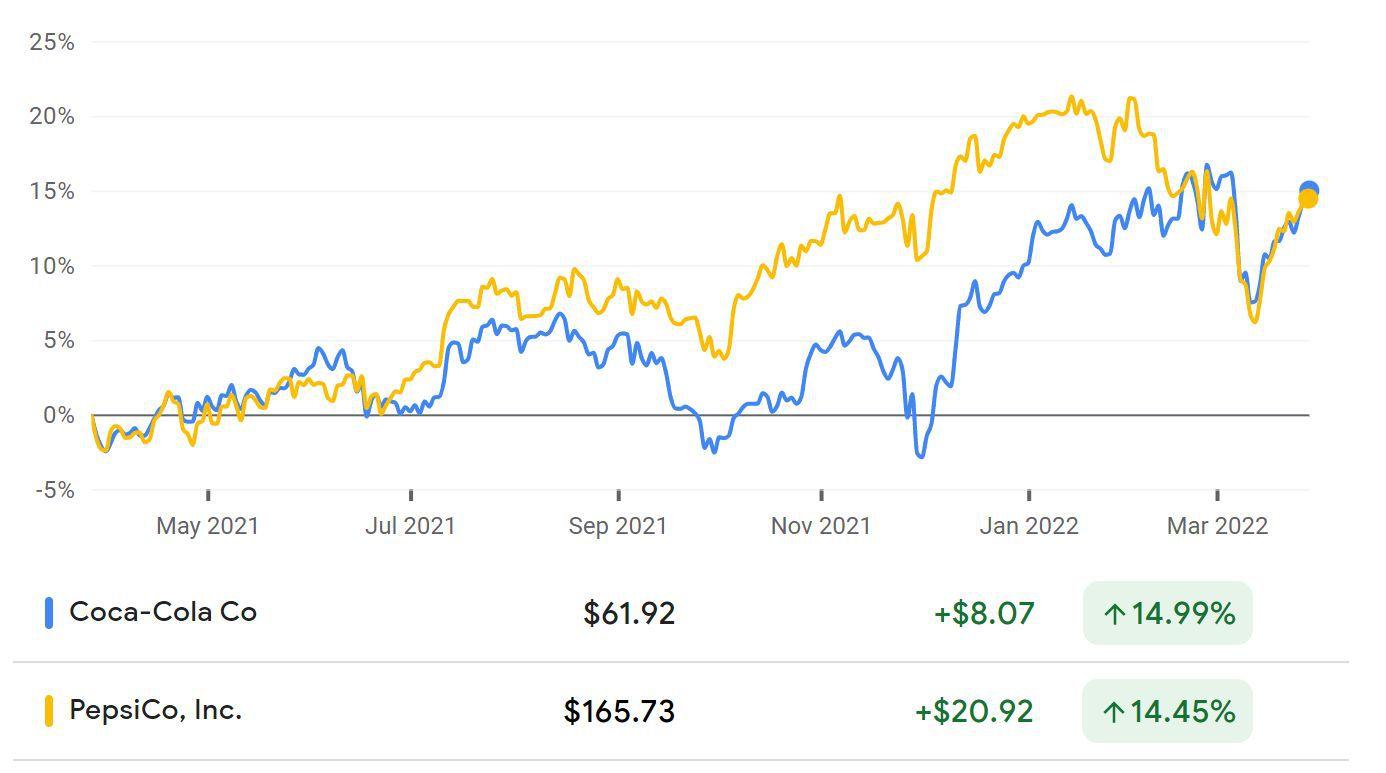Introduction
The Coca-Cola Company is a multinational beverage company located in Atlanta, Georgia. The company was founded in 1892 by John Stith Pemberton and Asa Griggs Candler. At its inception, the founders intended the company to manufacture non-alcoholic drinks purely. The company’s entry into the local and global market was successful due to strategic leadership. The company has grown despite its numerous challenges in the market to become a worldwide brand and the leading beverage company globally. Coca-Cola currently has more than 2800 products and operates in more than 200 countries (Adeniyi et al., 2022). The company has acquired other trademarks for advertisement and differentiation of the company’s products from others. As Coca-Cola’s performance continues to heighten, it would be essential for one to understand its origin, structure and performance and the external factors that influence its functionality in different parts of the world.
Description of the Organization
The Coca-Cola Company is famous for producing a carbonated beverage that has become a cultural institution locally and globally. Coca-Cola also sells other soft and citrus drinks in the over 200 countries it operates in (Liu, 2021). The organization’s success is attributed to the contributions of the founder John Pemberton, who began by producing the first drinks from the coca leaf and caffeine-rich extracts.
The name “Coca-Cola” was suggested by Pemberton’s bookkeeper, Frank Robinson, and was used in the modern-day world (Adeniyi et al., 2022). However, John Pemberton stopped using cocaine in manufacturing carbonated drinks and concentrated on manufacturing purely soft drinks. Although the initial market for the products manufactured by the company was the local people, John Pemberton was aggressive enough to keep the number of sales escalating each year. Under the steer-ship of John Pemberton, the company grew and reached markets beyond the local people.
Coca-Cola’s growth continued despite the global unrest that resulted from the World Wars. Between 1890 and 1900, the sales at the company rose from 9000 gallons to 370,877 gallons (Liu, 2021). The tremendous escalation of sales resulted from excellent leadership, where coordination, teamwork, and prioritization of customer satisfaction were under the supervision of Candler. After World War II, the company re-strategized its operations by purchasing the Fanta, Sprite, and minute maid corporations (Maison et al., 2019). As a result, processes in the company increased, and it entered new global markets. In the 1990s, the company entered many new markets (Adeniyi et al., 2022). Despite its numerous operations, the company has reliable strategies to ensure environmental conservation in the various markets it operates in globally.
Description of the Organization’s Structure
Type of Ownership
The Coca-Cola Company is publicly-owned because it publicly sells its shares on the New York stock exchange. Therefore, the company relies on the returns realized from the stock exchange and the sales it makes globally to cater to its internal and external operations. The trading of shares by the company began in 1919 when the first symbol of the shares was “CCO” (Liu, 2021). The shares symbol “CCO” was later replaced by the “KO” symbol in 1923. In the listing of companies in the United States, the Coca-Cola Company is listed as a publicly-owned company, which implies that there is no particular individual owner of the company (Brandon, 2019. Willing persons can access the company’s shares after they are made available in the stock exchange market. Therefore, any person can become a company shareholder after purchasing traded shares.
Organizational Hierarchy
A matrix organizational hierarchy and structure characterize the Coca-Cola Company. The company operates under varied geographic divisions, divisions on its products, various units operating in the business, and varied functional groups (Serôdio et al., 2018). Following its structures, the company is headed by several leaders. The CEO and chairman of the company are James Quincey, while the chief financial officer is John Murphy (Serôdio et al., 2018). The chief marketing officer globally is Manuel Arroyo. The vice president of the company is Stacy Apter, who is also the corporate treasurer. Barry Ballow is the vice president of the internal audit department, while Henrique Braun is the president of Latin America. The top leadership team in the Coca-Cola Company works in unison and adheres to the strategies set by the company towards achieving its goals and targets. Figure 1 showcases a diagrammatic representation of Coca-Cola’s organizational hierarchy.

Business Model
Business organizations must adopt business models that match their operations to achieve excellent market results. The Coca-Cola Company uses both the Business –To- Business (B2B) and Business-To-Consumer (B2C) models (Honarmandi et al., 2019). In the Business-To-Business model, the Coca-Cola Company works closely with other companies that assist the company in the distribution and finalizing of some of the products manufactured by the company. Regarding the Business-To-Consumer (B2C) model, the final branded products are produced, packaged, merchandised, and distributed by the bottling company to all clients and vending partners, who resell them to consumers (Honarmandi et al., 2019). This schematic process is showcased in Figure 2 below, indicating that most customers rely on Coca-Cola’s websites to place their orders.

Discussion of a Range of External Influences that might Impact Growth
Political Environment
Whether operating locally or globally, business organizations face the political environment and the rules enacted by politicians. The Coca-Cola Company operates in more than 200 countries, and each country has its politics and laws passed by politicians to govern and regulate business activities. Politicians affect the operations of business organizations because the laws that regulate the market emanate from them (Serodio et al., 2020). Business organizations are negatively affected if politicians enact unfavourable laws on the market. However, if politicians enact and implement favorable laws to the market, business organizations trade in a well-governed and structured market, which increases their profitability in the market.
Coca-Cola has a culture of adhering to political economy theories, especially the liberalism concept. According to the company, the liberal ideology involves using labor, land and capital for manufacturing and producing durable goods. Coca-Cola employs liberal economists who shape the company to benefit every individual in or out of the company. Liberalism theory holds that a business can help the whole society progress by improving people’s standards of living (Brondoni, 2019). Additionally, this political-based theory puts the society integral rather than specific persons, majorly in processes such as decision-making. Generally, Coca-Cola upholds the liberal theory to create equal opportunities, which ultimately better the structure of civil society.
Technological Environment
The technological environment entails how technological advancement changes how consumers live and the ease of manufacturing products. Technological advancement has led to new ways and strategies for manufacturing products in the market. Besides, technological advancement has changed many operations in the modern business world. For instance, technological advancement has changed advertisement strategies and communication between business entities and customers (Chua et al., 2020). As technology continues to evolve, more complex technologies are being introduced to impact operations and ease of executing duties in business organizations (Bekimbetova et al., 2021). The Coca-Cola Company is not an exception to technological advancement because its current market status is primarily attributed to technology.
The Coca-Cola Company has fully integrated technology into its operations, which has become a competitive advantage over its rivals in the market. Due to technology, production in the company has immensely improved, as well as the ease of establishing and maintaining good customer relationships (Chua et al., 2020). Technological advancement has made the Coca-Cola Company’s advertisements more profound, positively impacting the company’s ability to establish and maintain high customer satisfaction. This ability has made the company outperform Pepsi, the leading Coca-Cola rival, as shown in Figure 3 below. Therefore, the external factor of technology has helped the Coca-Cola Company to grow and become more competitive than its rivals in the market.

Cultural Environment
Numerous cultural factors characterize each market globally and determine the ease of a business organization to penetrate and succeed in the market. The link between the marketer and society and its culture makes up the cultural environment part of the marketing environment (Brondoni, 2019). The language barrier is a cultural factor affecting international business organizations operating in foreign markets (Brondoni, 2019). Language barriers bar effective communication between the marketer and the consumer (Bekimbetova et al., 2021). The progress and advancement of the Coca-Cola Company are affected by language barriers, especially in markets, while people rely on indigenous languages to communicate.
Nevertheless, Coca-Cola has upheld the functionalism theory to promote the well-being of various cultures despite the challenges it encounters. The functionalism theory focuses on meeting the needs of society through a stable economy. Coca-Cola has established branches in different nations, approximately 200 countries, where it has employed locals (Brondoni, 2019). Additionally, the company pays taxes while operating in these countries, which indicates that it promotes the growth of the nation’s GDP. A high GDP means the economy performs excellently and individuals’ living standards are soaring. The high standards of living enable people to meet their needs, which is the ultimate goal of the functionalism theory.
Conclusion
The Coca-Cola Company has been operating since 1892 and has achieved tremendous results due to strategic leadership and management. Currently, the company is headed by James Quincey. The company utilizes two primary business models; the Business-To-Business Model and the Business-To-Consumer model. The two models help the company maintain excellent production and distribution of its products and establish and maintain good relationships with its customers. Despite its vast growth and global market dominance in the beverage industry, the company has experienced several external factors. The primary external factors that influence the company’s growth include the political environment, the cultural environment, and the technology environment.
Reference List
Adeniyi, A.G., et al. (2022) ‘Thermal recycling strategy of Coca-Cola PVC label films by its co-carbonization with Terminalia ivorensis leaves’, Cleaner Engineering and Technology, 11, p.100564.
Bekimbetova, G.M., Erkinov, S.B. and Rakhimov, U.F. (2021) ‘Culture and its influence on consumer behavior in the context of marketing (in case of “Coca-Cola” company)’, Deutsche Internationale Zeitschrift für zeitgenössische Wissenschaft, (7-2), pp.4-6.
Brondoni, S.M. (2019) ‘Shareowners, stakeholders & the global oversize economy. The coca-cola company case’, Symphony. Emerging Issues in Management, (1), pp.16-27.
Chua, J.Y., et al. (2020) ‘Challenges and solutions: a case study of Coca-Cola Company’, Journal of the Community Development in Asia (JCDA), 3(2), pp.43-54.
Honarmandi, Z., Sepasi, S. and Azar, A. (2019) ‘Comparing the impact of brand value on corporate profit in B2B and B2C businesses: a case study’, Iranian Journal of Management Studies, 12(1), pp.121-147.
Liu, S. (2021) ‘A report on strategic analysis and recommendations of Coca-Cola’, International Journal of Frontiers in Sociology, 3(17).
Maison, H., Yasui, Y. and Abror, A. (2019) ‘Effect of organizational culture, leadership and compensation on employee engagement in coca-cola amatil indonesia central Sumatra’, In 2nd Padang International Conference on Education, Economics, Business and Accounting (PICEEBA-2 2018) (pp. 553-561).
Serodio, P., et al. (2020) ‘Evaluating Coca-Cola’s attempts to influence public health ‘in their own words: analysis of Coca-Cola emails with public health academics leading the Global Energy Balance Network’, Public Health Nutrition, 23(14), pp.2647-2653.
Serôdio, P.M., McKee, M. and Stuckler, D. (2018) ‘Coca-Cola–a model of transparency in research partnerships? A network analysis of Coca-Cola’s research funding (2008–2016)’, Public health nutrition, 21(9), pp. 1594-1607.